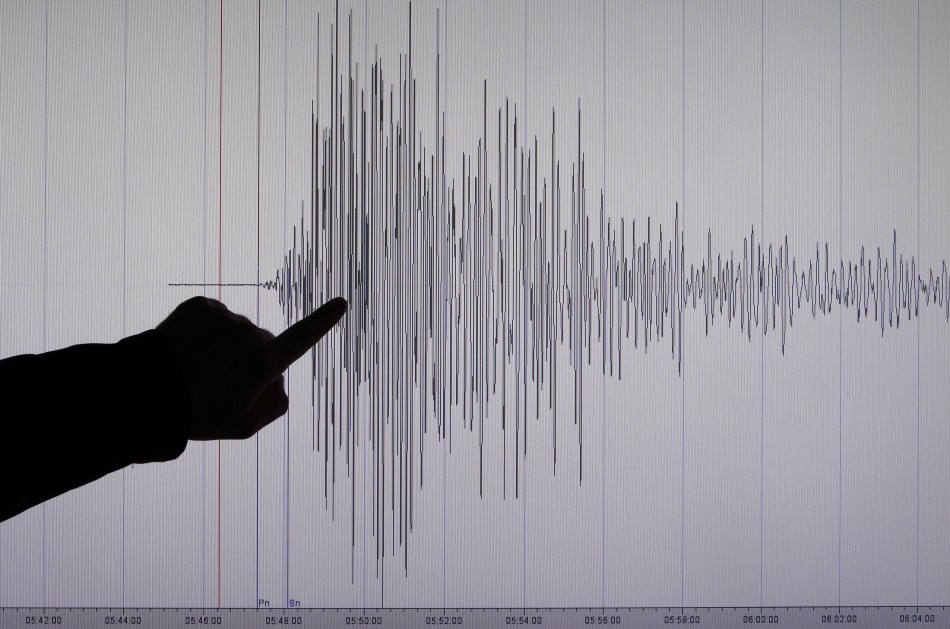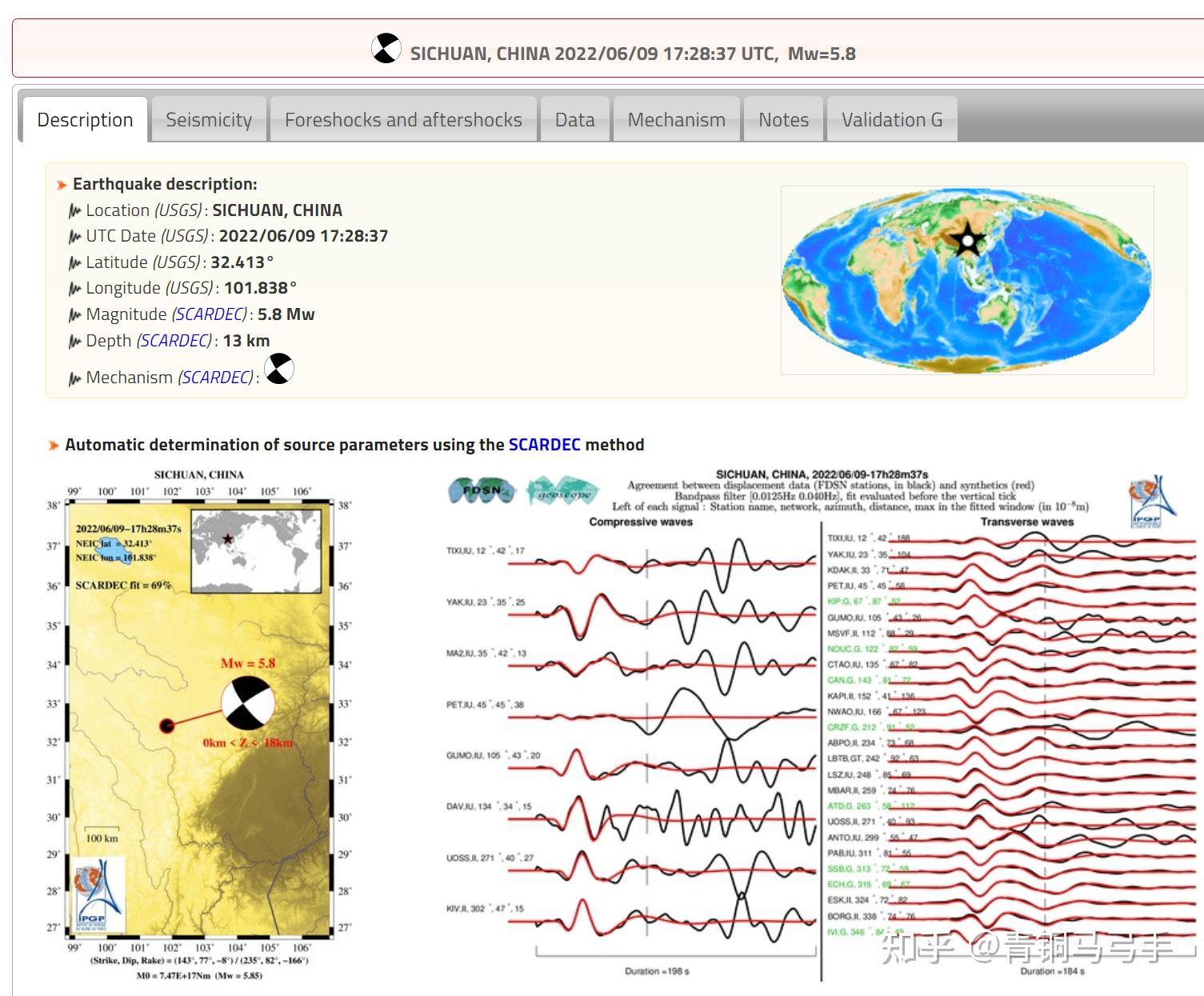
- Gfz potsdam earthquake bulletin manual#
- Gfz potsdam earthquake bulletin full#
- Gfz potsdam earthquake bulletin software#
- Gfz potsdam earthquake bulletin download#
- Gfz potsdam earthquake bulletin windows#
Impact of GFZ's Effective Angular Momentum Forecasts on Polar Motion Prediction
Gfz potsdam earthquake bulletin download#
The EIGEN-5C model and its associated satellite-only model EIGEN-5S are available for download at the ICGEM data base (International In particular, this presentation focuses on the inter-comparison of this latest EIGEN model with the recently presented EGM08 model, which was developed by the National Geospatial-Intelligence Agency (NGA) of the USA.

Gfz potsdam earthquake bulletin full#
New processing features are the complete reprocessing of the GRACE and LAGEOS data using the recent RL04 standards and background models by GFZ (combined with the GRACE/LAGEOS 10-days time series derived at GRGS based on nearly identical standards and background models) and a further extension of the full normal equations (in contrast to block diagonal form) derived from terrestrial data to a maximum degree and order of 280 (which was restricted to 179 for EIGEN-GL04C).

EIGEN-5C incorporates a further extended GRACE and LAGEOS data set, covering almost the entire GRACE period from mid 2002 to end of 2007, but also newly available gravity anomaly data sets for Europe and Australia. However, this new model presents remarkable changes and improvements compared to its precursors. As its precursor EIGEN-GL04C (released in March 2006), this model is inferred from a combination of GRACE and LAGEOS satellite tracking data with surface gravity data, based on the accumulation of normal equations. The global gravity field model EIGEN-5C is complete to degree and order 360 (corresponding to half-wavelength of 55 km) and was jointly elaborated by GFZ Potsdam and CNES/GRGS Toulouse. In this presentation we report on the latest, recently released EIGEN-model, EIGEN-5C (EIGEN = European Improved Gravity model of the Earth by New techniques) and its associated satellite-only model EIGEN-5S. Global gravity field models play a fundamental role in geodesy and Earth sciences, ranging from practical purposes, like precise orbit determination, to applications in geosciences, like investigations of the density structure of the Earth's interior. The GFZ earthquakeĮIGEN-5C - the new GeoForschungsZentrum Potsdam / Groupe de Recherche de Geodesie Spatiale combined gravity field modelįoerste, C. We find that for earthquakes above Mw 6, the most robust automatic inversions can usually be obtained using the W-Phase time window. Additionally we provide solutions for smaller earthquakes above about Mw 4 in Europe, which are normally not analyzed by the GCMT project. Our published moment tensors are generally in good agreement with those published by the Global Centroid-Moment-Tensor (GCMT) project for earthquakes above a magnitude of about Mw 5.
Gfz potsdam earthquake bulletin manual#
In those cases where a manual interaction is still required, the automatic inversion usually does a good job at pre-selecting those traces that are the most relevant for the inversion, keeping the work required for the analyst at a minimum. The automatic results are quite often good enough to be published without further improvements, sometimes in less than 30 minutes from origin time. This involves inversions that are performed automatically in near-real time, followed by analyst review prior to publication. Moment tensors are currently computed in a semi-automatic fashion. An iterative centroid search can be performed independently both horizontally and in depth. The inversion is currently performed in the time domain only. Wave types include body, surface and mantle waves as well as the so-called 'W-Phase' (Kanamori and Rivera, 2008).

Gfz potsdam earthquake bulletin windows#
The moment tensor inversion technique uses a combination of several wave types, time windows and frequency bands depending on magnitude and station distance. SC3 is developed by GFZ Potsdam with significant contributions from its user community.
Gfz potsdam earthquake bulletin software#
SeisComP 3 (SC3) is a software package for seismological data acquisition, archival, quality control and analysis. The software used to compute the moment tensors is a GFZ-Potsdam in-house development, which uses the framework of the software SeisComP 3 (Hanka et al., 2010). Global moment tensor computation at GFZ PotsdamĪs part of its earthquake information service, GFZ Potsdam has started to provide seismic moment tensor solutions for significant earthquakes world-wide.


 0 kommentar(er)
0 kommentar(er)
